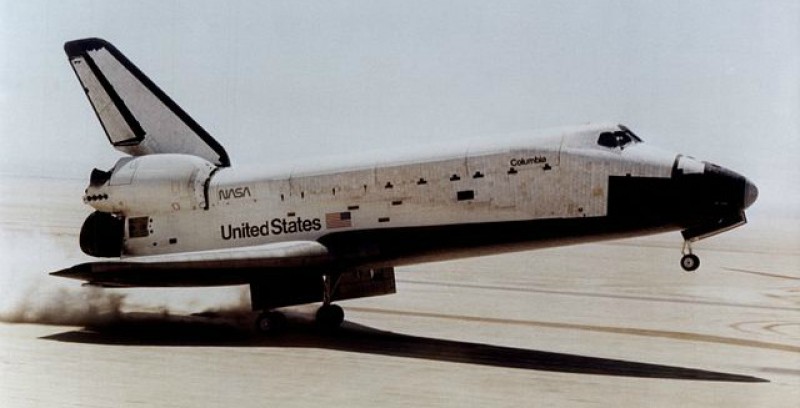Ceramic parts are incredibly useful - they are strong, lightweight, and more heat- and wear-resistant than many metals, making them perfect for parts for airplanes and rockets. The space shuttle had herat resistant tiles for reentry, for example. Researchers at HRL Laboratories, LLC, have achieved a new milestone in 3D printing technology by demonstrating an approach to additively manufacture ceramics that overcomes the limits of traditional ceramic processing and enables high temperature, high strength ceramic components.

HRL’s Senior Chemical Engineer Zak Eckel and Senior Chemist Dr. Chaoyin Zhou invented a resin formulation that can be 3D printed into parts of virtually any shape and size. The printed resin can then be fired, converting it into a high strength, fully dense ceramic. The resulting material can withstand ultrahigh temperatures in excess of 1700°C and exhibits strength ten times higher than similar materials.
Ceramics are much more difficult to process than polymers or metals because they cannot be cast or machined easily. Traditionally ceramic parts are consolidated from powders by sintering, which introduces porosity and limits both achievable shapes and final strength. "With our new 3D printing process we can take full advantage of the many desirable properties of this silicon oxycarbide ceramic, including high hardness, strength and temperature capability as well as resistance to abrasion and corrosion." says program manager Dr. Tobias Schaedler.
Schaedler and colleagues at HRL invented a resin formulation that can be 3-D printed into parts of virtually any shape and size, which is then fired, creating a high strength, fully dense ceramic which can handle temperatures in excess of 1,700 degrees Celsius (3,092 Fahrenheit) and is 10 times stronger than similar materials.
Ceramics are much more difficult to work with than plastics or metals because they cannot be cast or machined easily, according to Schaedler, who is an author on the new study appearing today in the journal Science. Schaedler’s team figured out how to trick ceramics into behaving like plastic.
“We have a pre-ceramic resin that you can print like a polymer, then you fire the polymer and it converts to a ceramic,” he said. “There is some shrinkage involved, but it's very uniform so you can predict it.”
The big picture is that this method could help rocket and satellite designers who have to make lots of special small parts that are capable of resisting the heating that occurs during high velocity air friction, as well as high temperatures generated by the exhaust during takeoff.